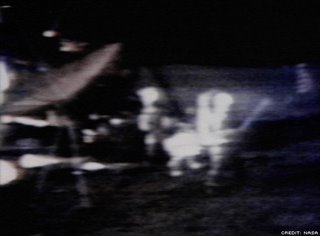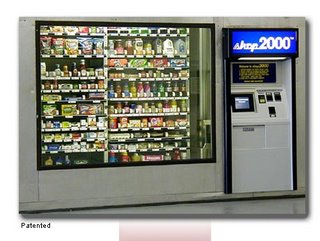Study by comScore,
press release, May 16, 2006. Also in
Marketing Vox. Verbatim highlights from press release:
The Players research found that
25% of Gamers are Heavy Gamers, playing 16 or more hours per week across any gaming platform, or playing 11 hours or more per week and playing on two or more platforms.
Light/Medium Gamers -- those that play less than 16 hours per week on one platform -- represent 75 percent of Gamers.
Approximately 17 percent of Gamers are in the hard-to-reach age group of 18-24 years old, while another 23% are in the advertising sweet-spot age segment aged 35 to 44 years old. One-in-five (20 percent) have an annual income over $75,000 per year, and the typical Gamer has been gaming for about 9 years, and has been online for about 8 years.
Gamers are equally split along gender lines.
More than 50 percent of Heavy Gamers and one-third of Light/Medium Gamers are at least
somewhat familiar with the concept of in-game advertising.
Specifically, when asked about their attitudes towards games with advertisements, only 15 percent of Heavy Gamers claimed they would be "unlikely" to play games that included such product placements. In contrast, more than twice as many Heavy Gamers (33 percent), said they
would be "likely" to play those games, while fully 52% of Heavy Gamers and 56% of Light/Medium Gamers stated that the inclusion of advertising would have no impact on their likelihood of playing a game.
The Players study is conducted using comScore's unique dual-mode methodology that combines passively observed online behavior and attitudinal information for the same consumers. Wave I of the survey portion of the Players Study collected attitudinal information from
800 Gamers from February 13 - 27, 2006. Additional waves will be fielded throughout 2006.


















































